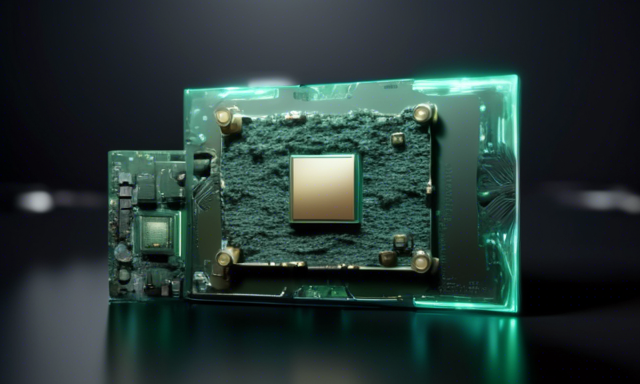Enhancing Cell Segmentation in Biological Research with NVIDIA’s VISTA-2D Model 🧬
NVIDIA has launched the VISTA-2D model, a groundbreaking solution aimed at improving cell segmentation and morphology clustering in spatial omics workflows, detailed on the NVIDIA Technical Blog. By utilizing advanced image embedding techniques, this model is set to enhance the accuracy of downstream tasks and revolutionize biological research.
Enhancing Cell Segmentation and Morphology Clustering
- The VISTA-2D model utilizes an image encoder to create embeddings that can be converted into segmentation masks, providing crucial insights into cell morphologies for precise segmentation. These embeddings can also be automatically clustered to group cells with similar morphologies.
Exploring VISTA-2D: Prerequisites and Setup 🧪
- Basic knowledge of Python, Jupyter, and Docker is required to delve into the VISTA-2D model. Users can initiate the Docker container necessary for this tutorial using a specific command.
- Additional Python packages essential for the tutorial can be easily installed to set up the environment for exploring VISTA-2D.
Cell Segmentation Workflow with VISTA-2D 🔍
The process of cell segmentation using the VISTA-2D model involves loading a model checkpoint to segment cells in an image, generating a feature vector for each cell for morphology analysis, and clustering cells based on similar features.
Step-by-Step Cell Segmentation
- The segmentation function applies VISTA-2D to the cell image, producing segmentation masks that label each cell individually, aiding in accurate feature extraction.
Visualizing Segmentation Results
- The plot_segmentation function allows users to visually inspect the segmented images, showcasing the original image, segmentation results, and individual masks for each cell.
Feature Clustering with RAPIDS 💻
After extracting feature vectors, RAPIDS, a GPU-accelerated ML library, is employed to cluster these vectors. The TruncatedSVD algorithm reduces vector dimensionality for better visualization, followed by using the DBSCAN algorithm for clustering and interactive 3D plot creation.
Final Thoughts on VISTA-2D’s Impact 🌟
NVIDIA’s VISTA-2D model represents a significant leap in the realm of cell imaging and spatial omics by delivering precise cell segmentation and feature extraction. Paired with RAPIDS for clustering, this model facilitates efficient cell type classification, propelling automated biological research forward.
Hot Take: Embracing Innovation in Biological Research 🔬
Dear crypto enthusiast, with NVIDIA’s VISTA-2D model, the landscape of biological research is evolving, offering streamlined solutions for cell segmentation and morphology clustering. Dive into the world of cutting-edge technology and unlock new possibilities for advancing scientific exploration. Stay curious, stay engaged, and embrace the future of innovation in biological research!





 By
By
 By
By
 By
By
 By
By
 By
By
 By
By